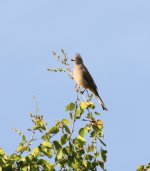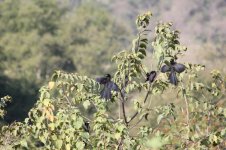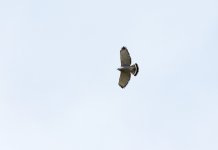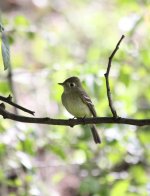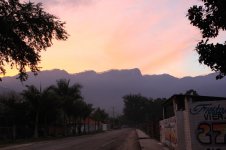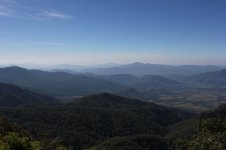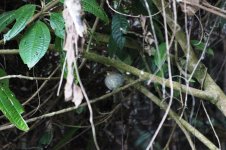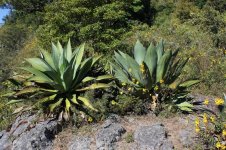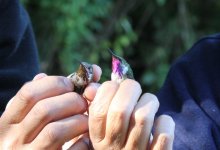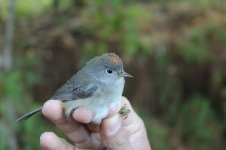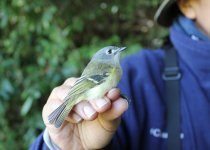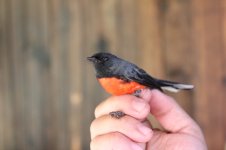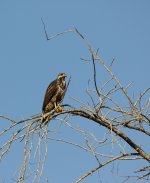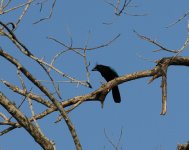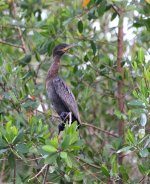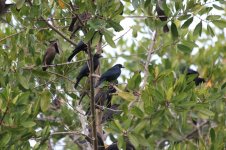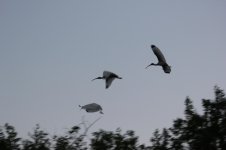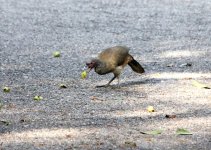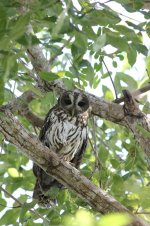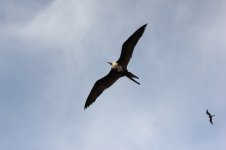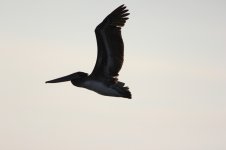ovenbird43
Well-known member

My second trip to Mexico in just over a month, this was part of an organized birding and conservation tour run jointly by Rocky Mountain Bird Observatory and University of Guadalajara. My primary purpose for joining the tour was the chance to visit a few field stations that I might visit in the future for research. Not all sites that we visited are easily accessible to independent birders, so site-specific information, with a few exceptions, are of limited use for that audience- however, I see few trip reports to Mexico, so I thought I'd add this one to highlight some of the awesome birds that can be found in this region.
18 Jan 2014
We all arrived at the Guadalajara airport in the afternoon without incident, 8 participants and three leaders (2 Mexicans, 1 US), and piled into a large van to head for Autlan. A 2.5-hour drive turned into more like 4 or 5 thanks to Guadalajara (Mexico's second largest city) rush-hour traffic. We had time for a brief stop at the Ayuquila River ~15 km before Autlan- in the fading light, we spotted a Summer Tanager, Rufous-backed Robins, and Black Phoebe. We then checked into Hotel Autlan and had a delicious dinner at Los Candiles.
more to come.
18 Jan 2014
We all arrived at the Guadalajara airport in the afternoon without incident, 8 participants and three leaders (2 Mexicans, 1 US), and piled into a large van to head for Autlan. A 2.5-hour drive turned into more like 4 or 5 thanks to Guadalajara (Mexico's second largest city) rush-hour traffic. We had time for a brief stop at the Ayuquila River ~15 km before Autlan- in the fading light, we spotted a Summer Tanager, Rufous-backed Robins, and Black Phoebe. We then checked into Hotel Autlan and had a delicious dinner at Los Candiles.
more to come.




